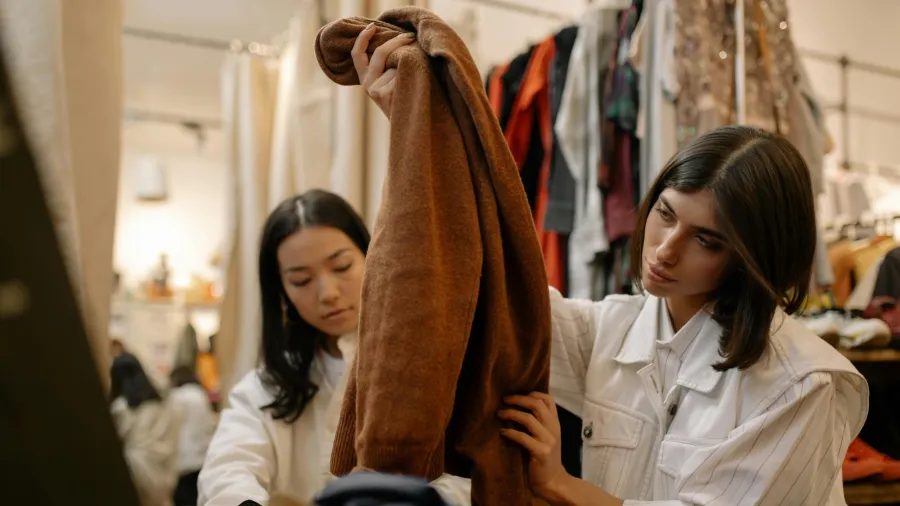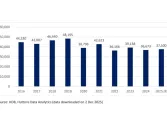
How are APAC consumers adjusting spending amidst economic uncertainty?
Many are now opting to save money by trading down.
Consumers across key Asia-Pacific (APAC) markets have become increasingly cautious and thoughtful in their spending habits since the beginning of the year, according to McKinsey's latest ConsumerWise Survey.
The report highlights a trend of trading down as consumers seek to save money, although many are still selectively splurging.
Consumer confidence remains higher in India and China compared to APAC’s more advanced economies, possibly due to a growing middle and upper class in these regions.
Additionally, consumer sentiment in advanced APAC economies is less buoyant compared to Europe and the United States. Australia's economic activity has nearly stalled, and Japan’s economy contracted in the second quarter, primarily due to the impact of the Noto earthquake in early 2024 and slowing growth.
Despite a faster-than-expected economic expansion in South Korea, consumer confidence there has declined. A generational divide is evident, with Gen Xers and baby boomers displaying more pessimism compared to millennials and Gen Zers.
In China, consumer optimism increased in the second quarter, largely driven by younger generations. Conversely, confidence in India declined ahead of national election results, with a notable drop among baby boomers.
Spending intentions vary across the region. In India, consumers are inclined to spend on essentials and semi-essentials such as fresh produce and international travel. In China, whilst spending is up in categories like fresh produce and fitness, there is a decrease in spending on cruises, food delivery, and nonalcoholic beverages. In Japan and Australia, net spending intent is largely negative, except for essentials like groceries and gasoline, with minimal inclination to spend on luxury and nonessential items. South Korean consumers, overall, exhibit a negative spending intent across all categories.
There is also a rising consumer demand for a seamless blend of physical and digital retail experiences known as "phygital" shopping.
South Korea, China, and India show high levels of omnichannel engagement, with over 50 percent of consumers in these countries expecting to use multiple shopping channels across all categories (excluding certain items in South Korea).
Australian and Japanese consumers prefer a mixed shopping approach, with in-store purchases dominating for groceries and personal care products, whilst preferring omnichannel methods for sports equipment and electronics.
Despite economic uncertainty leading to increased savings, APAC consumers are still willing to spend more in certain categories. Between 60 and 80 percent of consumers in India and China are increasing their overall spending, whilst fewer than one-third of consumers in Australia and South Korea are splurging on travel and dining.
Japanese consumers, in particular, are spending more on jewelry and accessories. Overall economic optimism has waned since the start of the year, with over 75 percent of consumers opting for budget-friendly alternatives. However, fewer South Korean shoppers are trading down compared to the previous quarter.
Moreover, APAC consumers are actively adapting their shopping behaviors, including switching brands, trying new digital shopping methods, and choosing private-label brands.
Over 60 percent of consumers in the region cite the pursuit of better value as their primary motivation for changing brands or retailers, with quality and novelty also playing significant roles.
This shift is most pronounced in China, where 86 percent of consumers have altered their shopping behavior in search of better value, a seven percentage point increase from the previous quarter.
In contrast, Japanese consumers are exhibiting slower behavior changes, showing greater brand loyalty and preference for familiar shopping channels.

















 Advertise
Advertise





